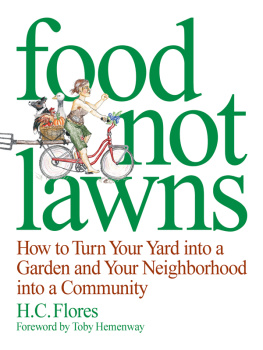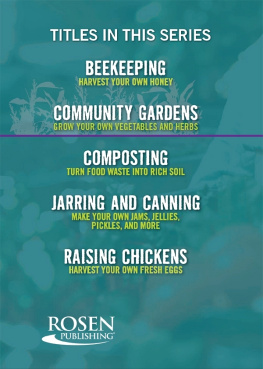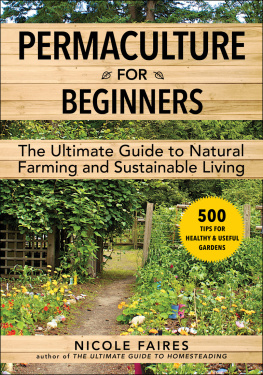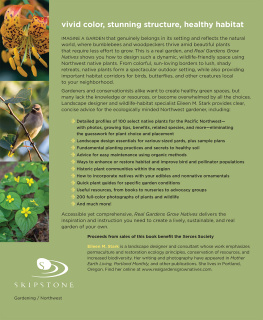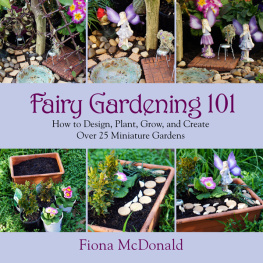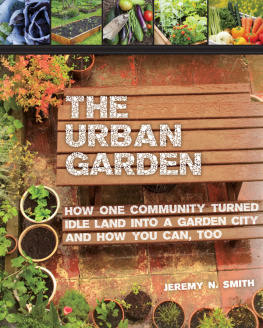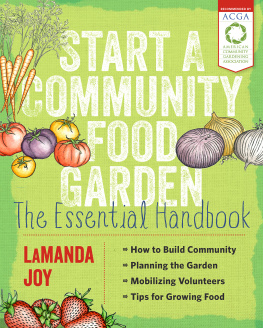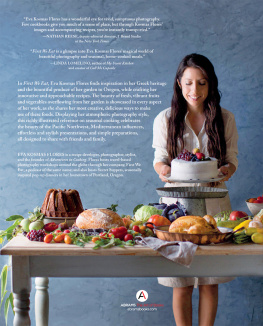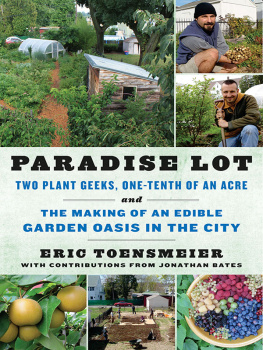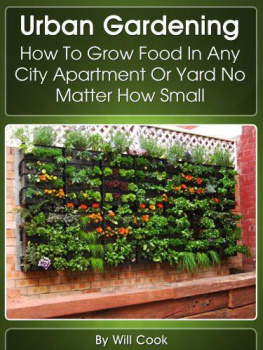
Food
Not
Lawns
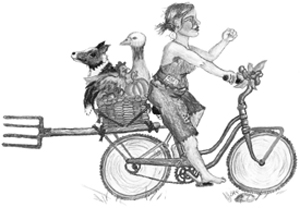
Food
Not
Lawns
How to Turn Your Yard
into a Garden
and Your Neighborhood
into a Community
H. C. Flores
Foreword by Toby Hemenway
Illustrations by Jackie Holmstrom
Chelsea Green Publishing Company White
River Junction, Vermont
Copyright 2006 by Heather Coburn. All rights reserved.
No part of this book may be transmitted or reproduced in any form by any means without permission in writing from the publisher.
Illustrations by Jackie Holmstrom
Editor: Ben Watson
Managing Editor: Marcy Brant
Copy Editor: Laura Jorstad
Proofreader: Nancy Ringer
Design Assistants: Daria Hoak and Abrah Griggs, Sterling Hill Productions
Printed in the United States of America
First printing, September 2006
10 09 08 07 2 3 4 5 6 7 8 9 10
Our Commitment to Green Publishing
Chelsea Green sees publishing as a tool for cultural change and ecological stewardship. We strive to align our book manufacturing practices with our editorial mission, and to reduce the impact of our business enterprise on the environment. We print our books and catalogs on chlorine-free recycled paper, using soy-based inks, whenever possible. This book might cost slightly more because we use recycled paper, and we hope you'll agree that it's worth it. Chelsea Green is a member of the Green Press Initiative (www.greenpressinitiative.org), a nonprofit coalition of publishers, manufacturers, and authors working to protect the worlds endangered forests and conserve natural resources.
Food Not Lawns was printed on Natures Natural, a 50-percent postconsumer-waste recycled, old-growth-forest-free paper supplied by Thomson-Shore.
Library of Congress Cataloging-in-Publication Data
Flores, H. C., 1971
Food not lawns : how to turn your yard into a garden and your neighborhood into a community / H.C. Flores ; foreword by Toby Hemenway ; illustrations by Jackie Holmstrom.
p. cm.
Includes bibliographical references.
eBook ISBN: 978-1-603580-83-0
1. Permaculture. 2. Edible forest gardens. I. Title.
S494.5.P47F56 2006
631.5'8--dc22
2006014226
Chelsea Green Publishing Company
Post Office Box 428
White River Junction, VT 05001
(800) 295-6300
www.chelseagreen.com
Dedicated to Mushroom and Linda Kapuler,whose enduring wisdom, steadfast creativity,and humble brilliance have illuminatedthe
most delicious path to peace.
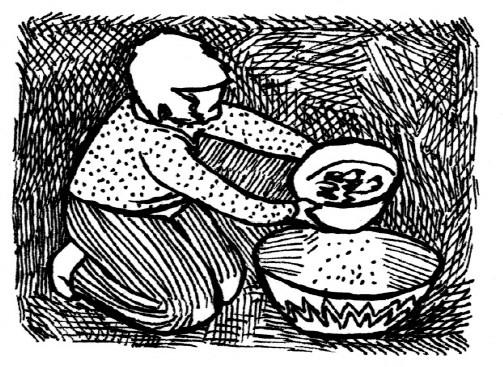
Contents
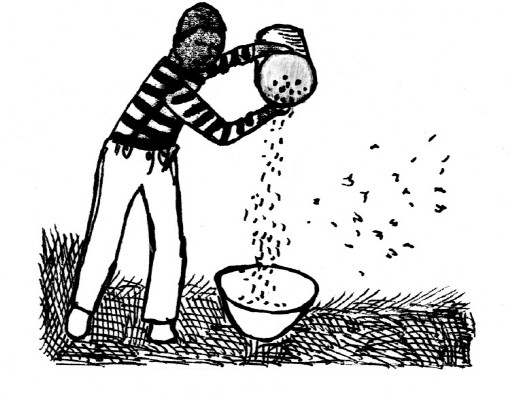
As I write this, one of Americas busiest highways, the Dan Ryan Expressway in Chicago, is being torn up and enlarged. Long traffic delays have led thousands of commuters to leave their cars at home and ride buses or the citys famous El to work. And they hate it. Mass transit takes longer, but that is not the real issue. For too many people, the car commute is the only time they are alone, away from the pressures and demands of family, boss, and coworkers. The fuel-saving and pollution-reducing bus or train, rather than being a relaxing and meditative time to read, listen to music, or simply stare out the window, is felt as a theft of the few moments they have to themselves. Car commuters may complain about the time wasted in traffic jams and the soaring cost of gas, but faced with the prospect of riding among strangers for an hour each day, most would much rather simmer alone indefinitely on a highway-turned-parking-lot.
This dilemma points to some colossal design flaws in our culture. Who would create a system in which so many forces conspire against the ecological act of leaving your car at home and taking public transportation? Why do we need so badly to escape our families, friends, jobs, and those with whom we anonymously share our communities? How do we begin to disconnect from the pressures and ugliness forced into our lives, and to reconnect, by choice, with the people, places, and things that give us joy?
The title of this book may have led you to believe it is simply about trading turf for vegetables. It is far more: It is a road map for a personal and cultural transformation that begins on our own lawns and carries us into our neighborhoods, communities, and society. If we follow this path, it will leave us healthier, wiser, and more joyful.
Food Not Lawns is a radical book. I write that with some irony, because the simple suggestions and techniques that Heather Flores offersgrow a garden, talk to neighbors, and try to notice the consequences of our actionswould have been plain common sense to our forebears of just two or three generations ago. But today, when saving a seed can result in a lawsuit, catching water from your roof risks fines from the health department, and a gardening workshop in Sacramento ends in arrests for terrorism, small acts of self-reliance require not merely courage but unusual vision and persistence in the face of a deeply apathetic culture.
Although Heathers stance is anti-corporate and anti-polluter, this book is not about stopping anything. It is about starting to create the world we want to see, a remarkably positive vision of a more fulfilling life gained in small, easy steps. Her writing unites science and magic, mechanics and mystery. She offers practical tools for reducing our manufactured dependencies and building our interdependence and helps us reconnect with ourselves, our land, and our communities.
This is a book about grassroots practice, even though grass is antithetical to what Heather stands for. She helps us see our sterile swards as the embodiments of waste, overconsumption, and emptiness that they are, and she shows us ways to rebuild them into sources of physical and spiritual nourishment. Moving from our yards to the global terrain, she outlines the work that we face. But she wisely stays focused on the local and shows us what we can do right here without feeling overwhelmed. She can wade with grace and balance into taboo topics such as using human waste for fertilizer, and I can attest that she writes from not just a theoretical acquaintance with this and many other topics. She has done nearly everything she describes in this book, and done it well.
Read this book. But dont stop there. Help create the paradise gardens and communities that Heather herself is bringing into being. Ill see you there.
Toby Hemenway
June 2006
Food
Not
Lawns
Humans still live in prehistory; indeed, all things still stand before the creation of the world.... The real Genesis is not in the beginning, but at the end, when society and human existence become radical. When we engage our rootsthe history of human as worker, creator, molderand have grounded our possessions in a genuine democracy without alienation, then there will appear in the world something glimpsed in childhood, a place where nobody has yet been: Home.
Ernst Bloch, The Principle of Hope
I teach self-reliance, the worlds most subversive practice. I teach people how to grow their own food, which is shockingly subversive. Yes, its seditious. But its peaceful sedition.
Next page
